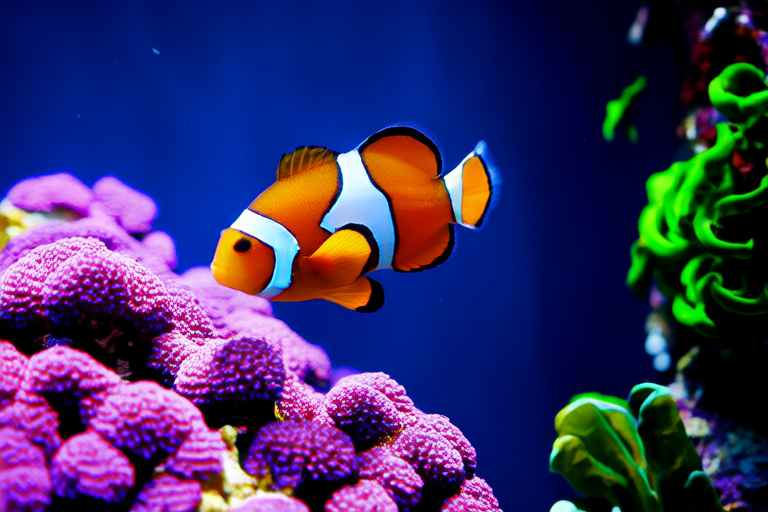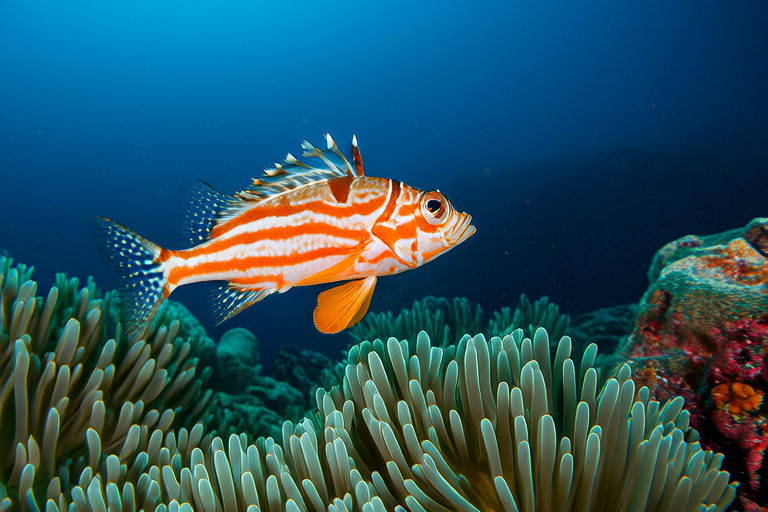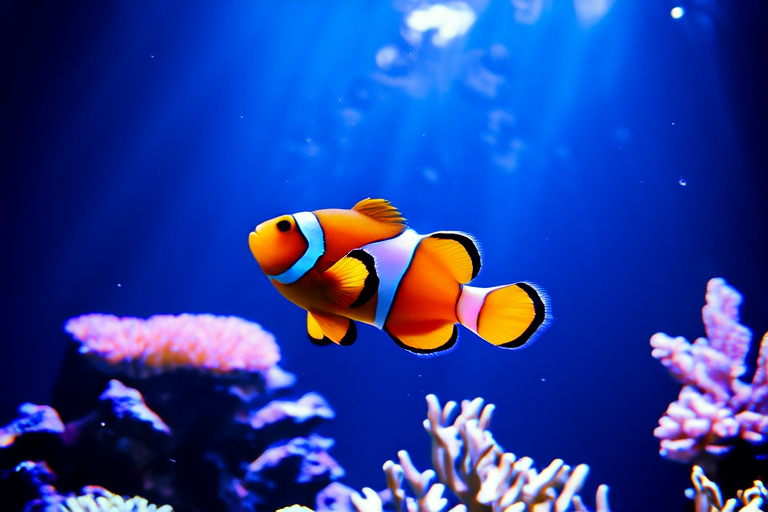
The Ultimate Guide to Keeping a Happy and Healthy Clownfish at Home
Clownfish are one of the most popular saltwater aquarium fish due to their vibrant colors and playful personalities. However, keeping them happy and healthy requires more than just a tank and some food. This comprehensive guide will walk you through everything you need to know about maintaining a thriving environment for your clownfish.
Selecting the Right Tank Setup
When setting up a tank for clownfish, size matters. A minimum tank size of 30 gallons is recommended for a single pair or trio of clownfish. Larger tanks provide more swimming space and better water quality, which is crucial for the long-term health of your fish.
The tank should have a tight-fitting lid, as clownfish can be jumpers. Additionally, it’s important to include plenty of hiding spots. These can be provided by live rock, coral, or artificial decorations. Clownfish are territorial and benefit from having their own space within the tank. Anemones are not necessary for clownfish, but if you choose to add one, ensure it is compatible with your specific species of clownfish.
Water Parameters Crucial for Clownfish Health
Maintaining proper water parameters is essential for the well-being of your clownfish. Here are the key factors to monitor:
- Temperature: Keep the water temperature between 76°F and 82°F (24°C and 28°C).
- pH: Aim for a pH level of 8.1 to 8.4.
- Specific Gravity: Maintain a specific gravity of 1.020 to 1.025, simulating natural seawater conditions.
- Ammunia: Ammonia levels should always be zero.
- Nitrite: Nitrite levels should also be zero.
- Nitrate: Keep nitrate levels below 20 ppm.
To achieve these conditions, invest in a high-quality filter, heater, and protein skimmer. Regular water changes—about 10% weekly—are also vital. Testing kits will help you monitor the water quality and make adjustments as needed.
Suitable Tank Mates
Choosing appropriate tank mates is critical to the harmony of your aquarium. Clownfish generally get along well with other peaceful fish, such as damsels, tangs, and wrasses. Avoid aggressive or territorial species that might bully your clownfish. It’s also important to consider the size of potential tank mates; smaller fish may become prey for larger species.
Clownfish are semi-aggressive and can be territorial, so introducing too many clownfish into the same tank can lead to conflicts. If you want to keep multiple clownfish, it’s best to introduce them simultaneously and give them ample space.
Diet and Feeding Tips
Clownfish are omnivorous, meaning they eat both plant matter and animal-based foods. A balanced diet includes flakes, pellets, frozen foods like brine shrimp, mysis shrimp, and bloodworms, as well as algae wafers. Feed your clownfish small amounts several times a day, rather than large meals less frequently. Overfeeding can lead to poor water quality and health issues.
It’s important to vary their diet to ensure they receive all necessary nutrients. Some clownfish owners supplement their fish’s diet with fresh vegetables like spinach or spirulina, though this should be done sparingly. Always observe your clownfish after introducing new foods to ensure they tolerate it well.
Common Diseases and Prevention Methods
Like any pet, clownfish can fall ill. The most common diseases include ich (white spot disease), bacterial infections, and parasites. Early detection and treatment are crucial for recovery.
To prevent diseases, maintain pristine water conditions and quarantine new additions to the tank for at least four weeks. Quarantine tanks should have similar water parameters to the main tank and be equipped with a heater and filtration system. Monitor the fish closely during quarantine for signs of illness.
If you notice any unusual behavior, such as lethargy, loss of appetite, or physical changes like white spots or lesions, act quickly. Consult with a veterinarian specializing in aquatic animals for diagnosis and treatment options. Some common treatments include medications targeting specific pathogens and improving water quality.
Enrichment Activities to Keep Clownfish Active and Stimulated
Providing enrichment activities helps keep your clownfish mentally and physically engaged. One way to do this is by incorporating interactive toys, such as floating objects or sinking treats. These items encourage exploration and natural behaviors.
Another idea is to create a current in the tank using a powerhead or wavemaker. This mimics ocean currents and provides exercise for your clownfish. Additionally, rotating tank decorations periodically can stimulate curiosity and exploration.
Lastly, consider adding live plants or corals that provide shelter and hiding places. These not only enhance the aesthetic appeal of the tank but also offer mental stimulation for your clownfish.
Conclusion
By following the guidelines outlined in this ultimate guide, you’ll be well on your way to providing a happy and healthy home for your clownfish. Remember, each fish is unique, so pay close attention to their individual needs and adjust care accordingly. With dedication and proper care, your clownfish will thrive in their aquatic environment, bringing joy and beauty to your home.






